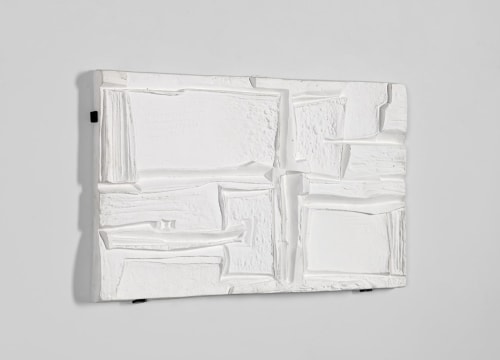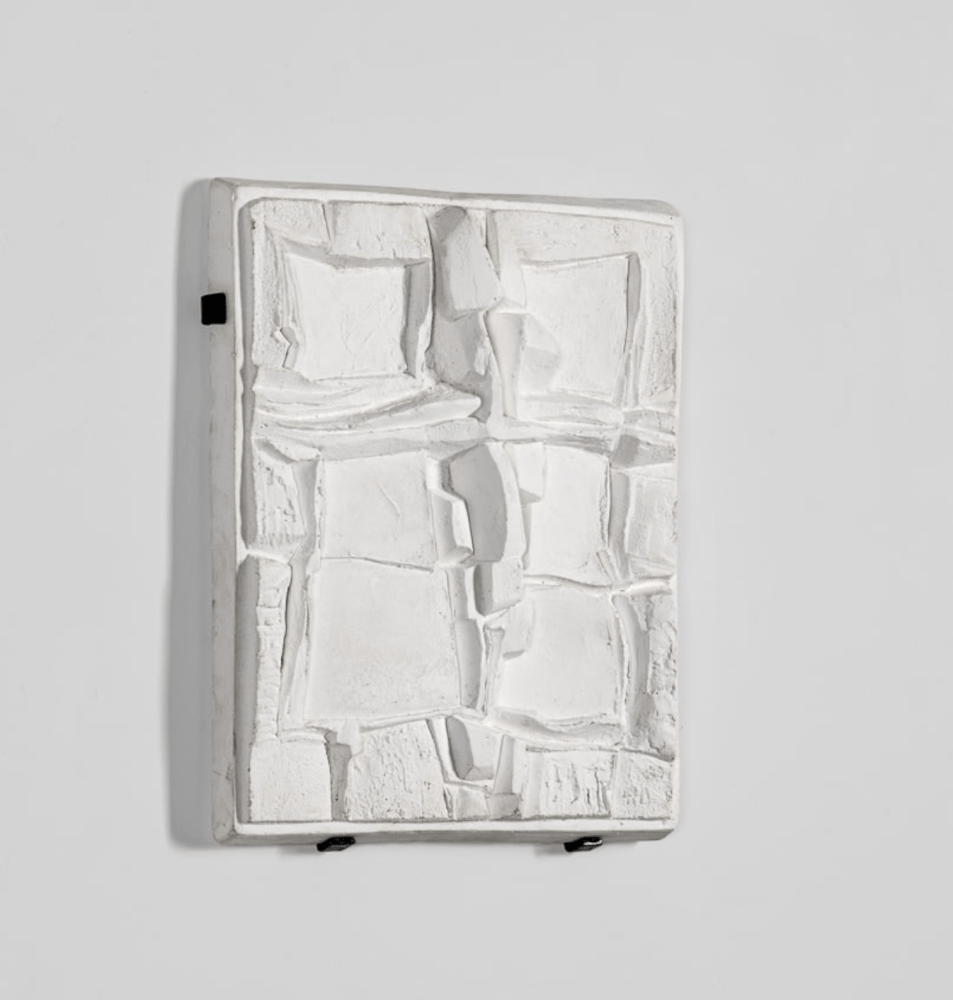

Roger Desserprit was a painter and sculptor whose artistic journey was marked by continuous experimentation. He was an active participant in the innovative explorations in abstraction of the 1950s, and inspired by the painting of Georges Rouaul, his works were imbued with mysticism and expressionism alike. He was, nevertheless, chiefly preoccupied with the use of space.
Born in Burgundy, Desserprit trained at the École des Beaux-Arts in 1940s, where he met prominent abstract artists such as Maria Helena Vieira Da Silva (and her husband Arpad Szenes), Jean Bazaine, Michel Seuphor, Marcelle Cahn, Auguste Herbin, and Jean Arp.
In the late 1940s, he developed a close friendship with South American abstract artists, including Gregorio Vardanega and Carmelo Arden-Quin, founder of the MADI art movement, which was inspired by Piet Mondrian's geometric approach to space. Desserprit exhibited with the MADI group for the first time at the Salon des Réalités Nouvelles in 1950, a prestigious annual fair created by Sonia Delaunay, showcasing the leading abstract artists of the time. He also participated in MADI's exhibition at the avant-garde Colette Allendy Gallery the same year.
Desserprit was given his first solo exhibition the year following—“Structures & Reliefs Lumineux,” which was met with great critical acclaim. The use of relief was already a dominant feature in his sculptural works, an effect he often achieved through the arrangement of backlit geometric objects (in one memorable case among many, he layered refrigerator grid shelf over painted linear shapes, compartmentalizing form and space both).
During the same period, he joined and exhibited with the Espace group, founded by André Bloc and Félix Del Marle, alongside famous artists such as Fernand Léger and Victor Vasarely.
Thereafter, his work gradually shifted towards free-standing sculpture, always with a strong emphasis on space, which the artist saw as a way to "reintroduce the imaginary,” notable in his Structures Spatiales works from the mid-1950s. The strict abstraction and geometric focus of his early works gave way to softer lines, figuration, and lyricism. This lyrical quality was especially evident in the many cement, wood, or metal reliefs created in the 1960s and 1970s, in which light interacts with space, imbuing each a great, almost illusory sense of depth. With these, Desserprit effectively abandoned the notions of measurement and technique (central in his early works) to fully express himself spirituality. Through a wide variety of forms and materials, Roger Desserprit spent his life in continuous pursuit of an ideal of beauty, truth, order, and harmony. His work defies the usual categories of art history.